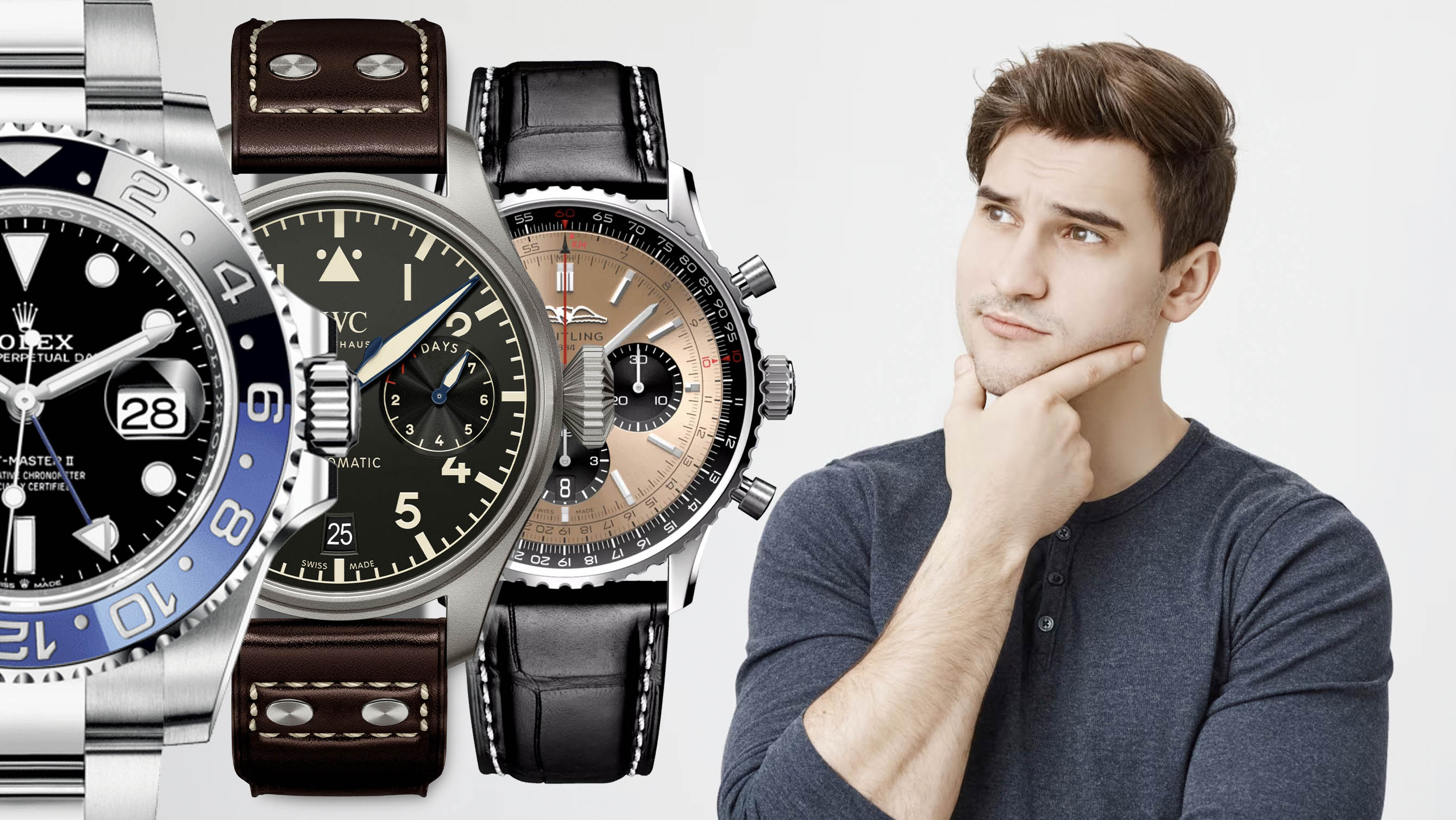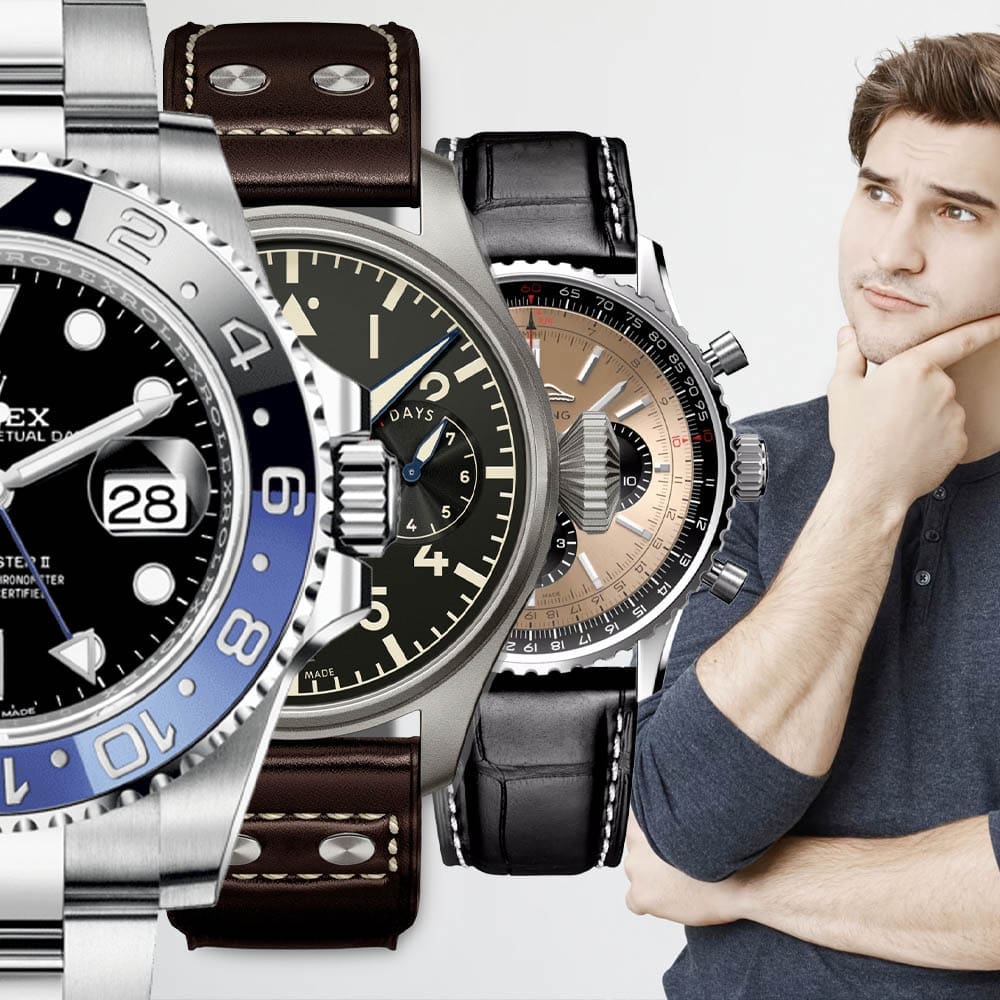What is a pilot’s watch?
Fergus NashGetting into the minutiae of watch collecting can be daunting for a beginner, but luckily sometimes can actually be as simple as they sound. With much less stifling variety than dive watches and without the snooty preconceptions of dress watches, pilot’s watches generally stick to a few well-established styles and can be easily spotted thereafter. Let’s take a closer look at their history and traits.
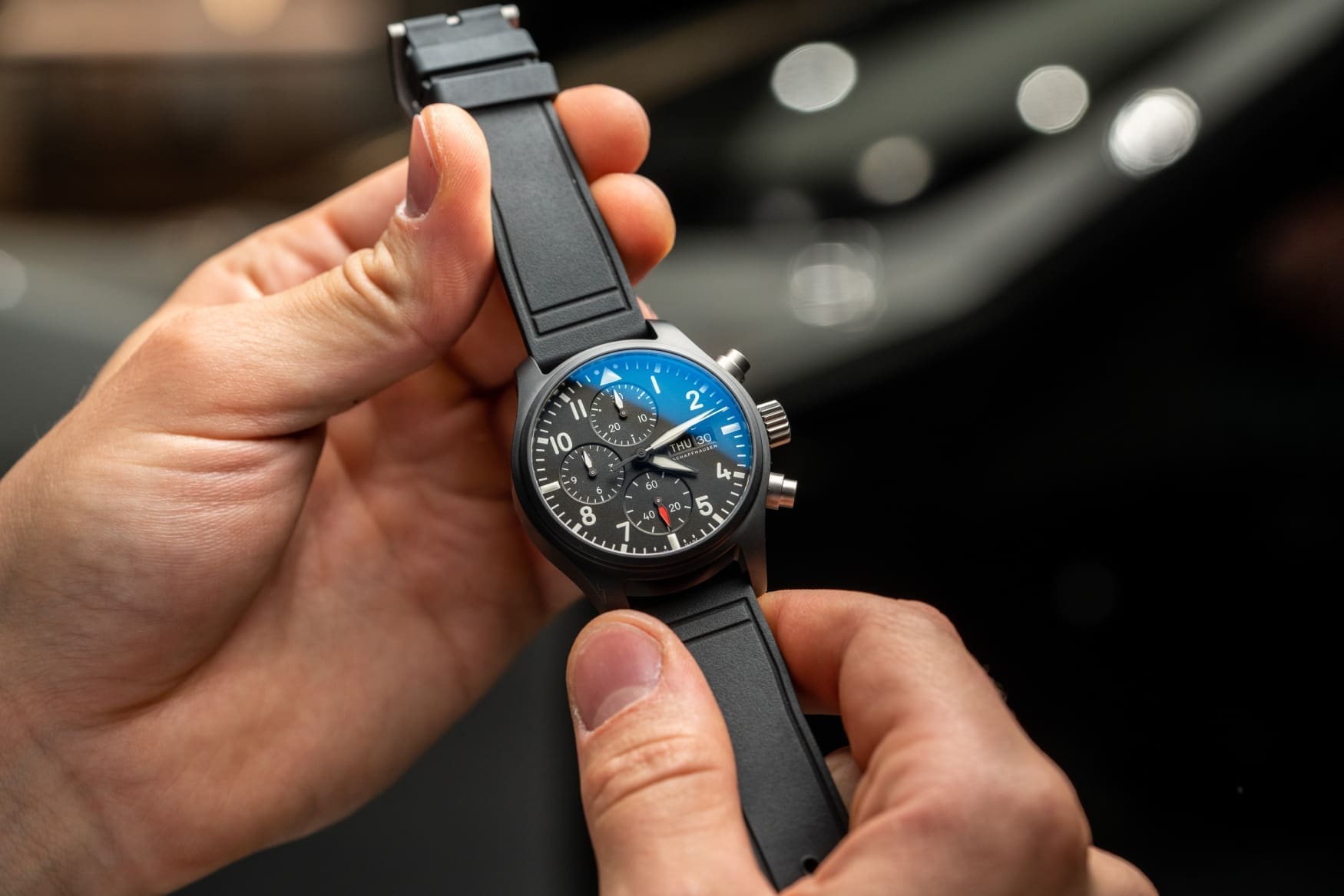
The wristwatch as we know it today developed out of necessity for the troops of the First World War, strapping watches to the wrist for convenience and durability. But, even before that, pioneering pilots needed to keep their busy hands available.
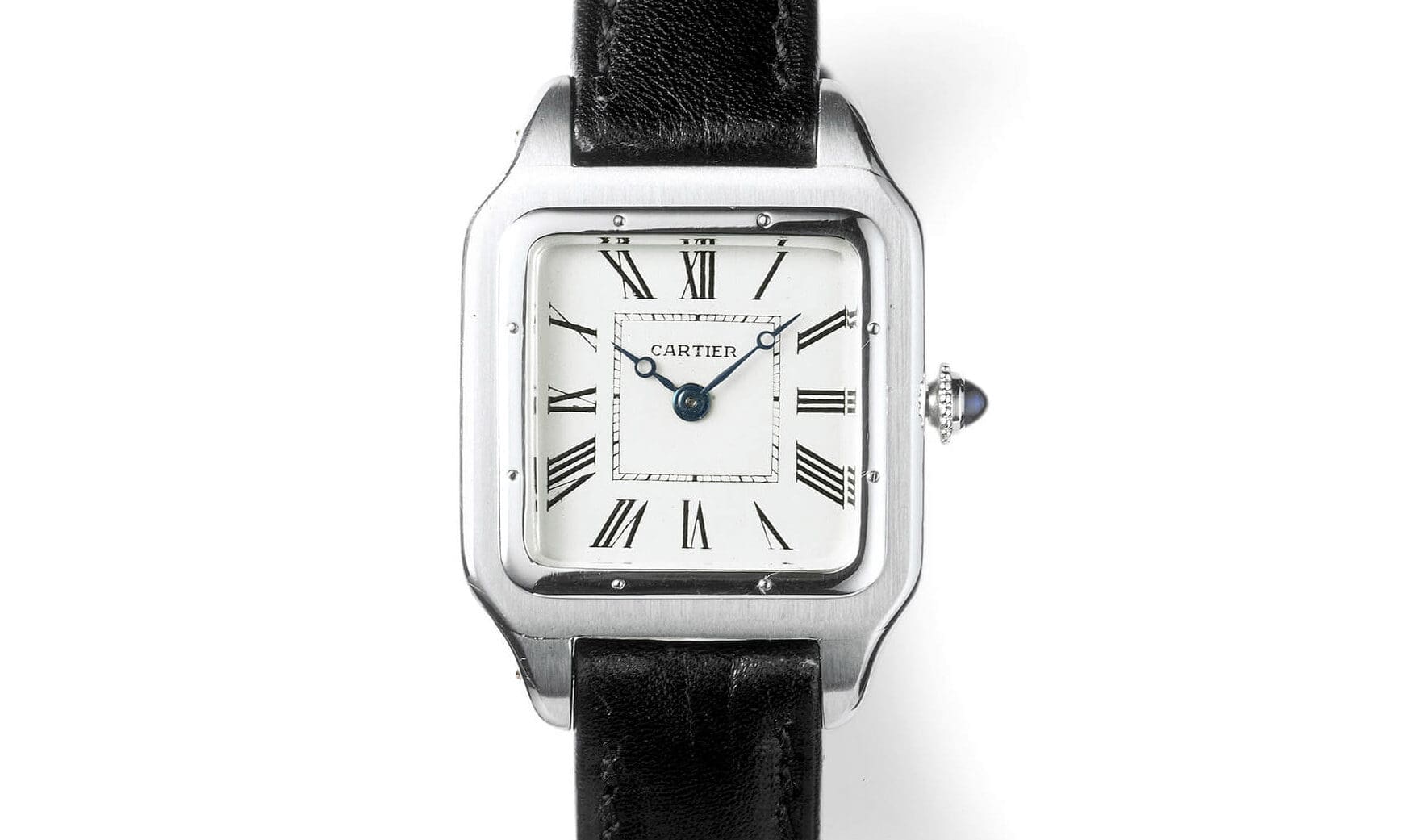
The most famous example of perhaps the first modern men’s wristwatch is the Cartier Santos-Dumont. Louis Cartier, at the request of the aviator Alberto Santos-Dumont, created that watch in 1904. Although they had not made the first watch, the forward-thinking Swiss brand Zenith had trademarked the terms ‘Pilote’ and ‘Pilot’ in 1888 and 1904 respectively, giving them the sole rights to print the word ‘Pilot’ on watch dials to this day.
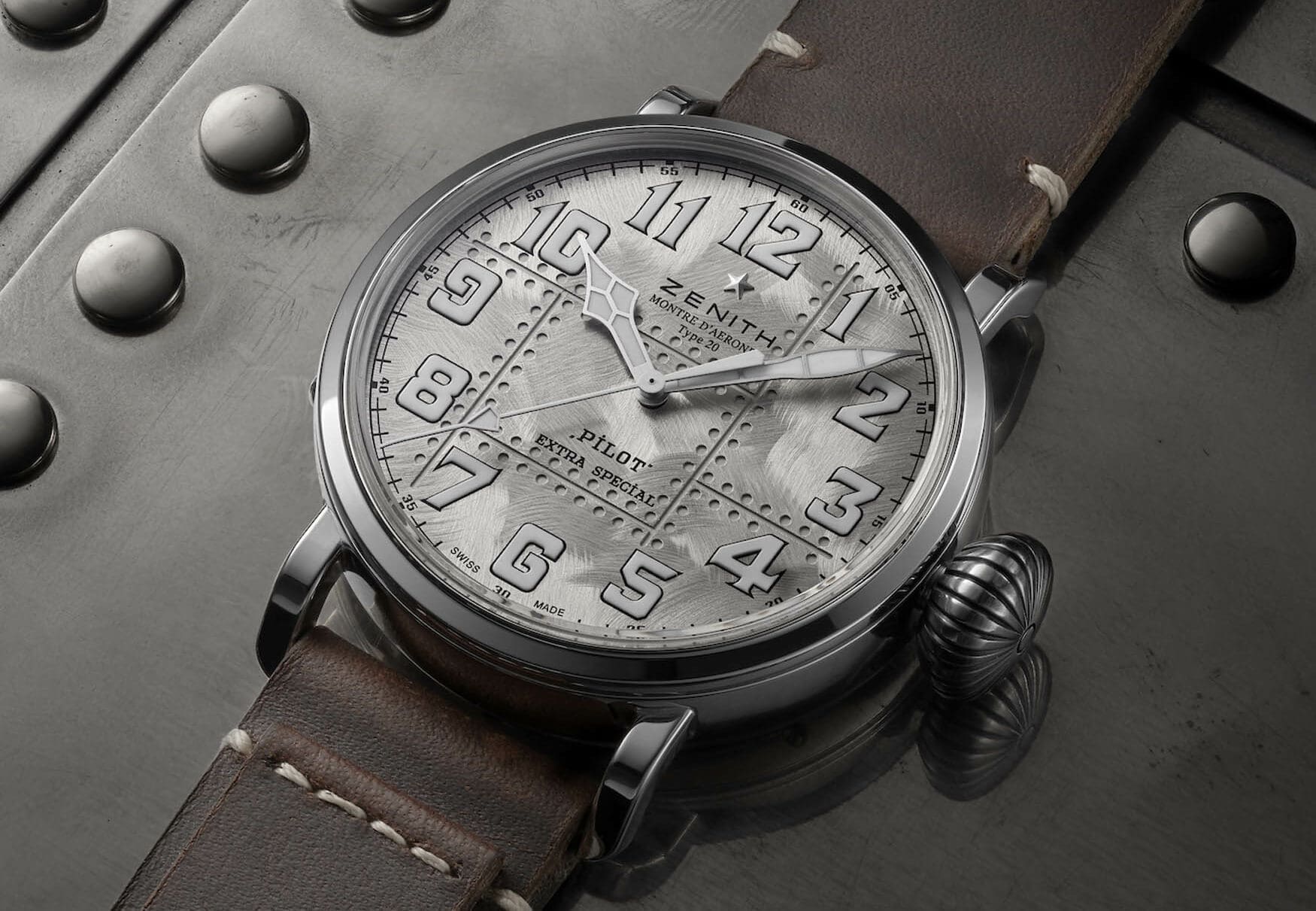
The Cartier Santos-Dumont eventually become available to the public in 1911, and Zenith also made a pilot’s watch for Louis Blériot’s English Channel crossing in 1909. The design of these two watches could not be further apart, with Cartier’s jewellery background coming through in the delicate, square case, and the Zenith looking more like a marine chronometer. The Cartier Santos has since become less of a pilot-centric model and built upon the dressiness, but the Zenith Pilot had much more of a long-term effect on the pilot style.
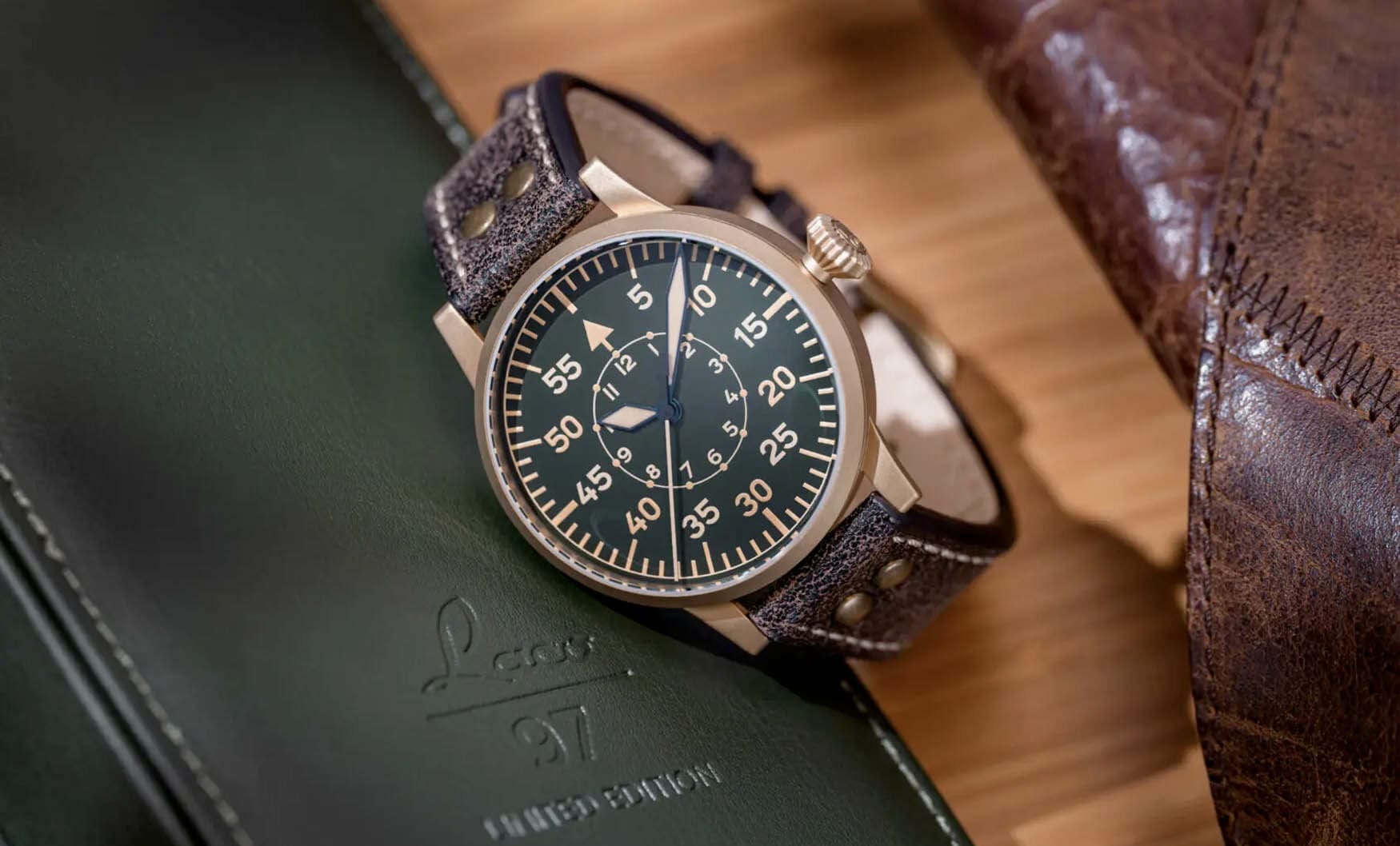
The Second World War is really where the most iconic pilot watch designs would be cemented on both sides. RAF pilots largely used watches with black or white dials known as the 6B/159, manufactured by Omega, Longines, and Jaeger-LeCoultre. Sticking with a traditional look of poire hands and simple Arabic markers for quick legibility, they don’t quite fit the modern definition of a ‘pilot’s watch’ aesthetic, but they were significant tools. The A-11 watches made for US troops by Elgin, Waltham and Bulova similarly operated on simplicity. One major development was with a derivative of the 6B/159 known as the CK2129 ‘Weems’, where a rotating bezel was added to help pilot’s calculate longitude. This idea that a pilot’s watch should aid with calculation would come back later in a big way.
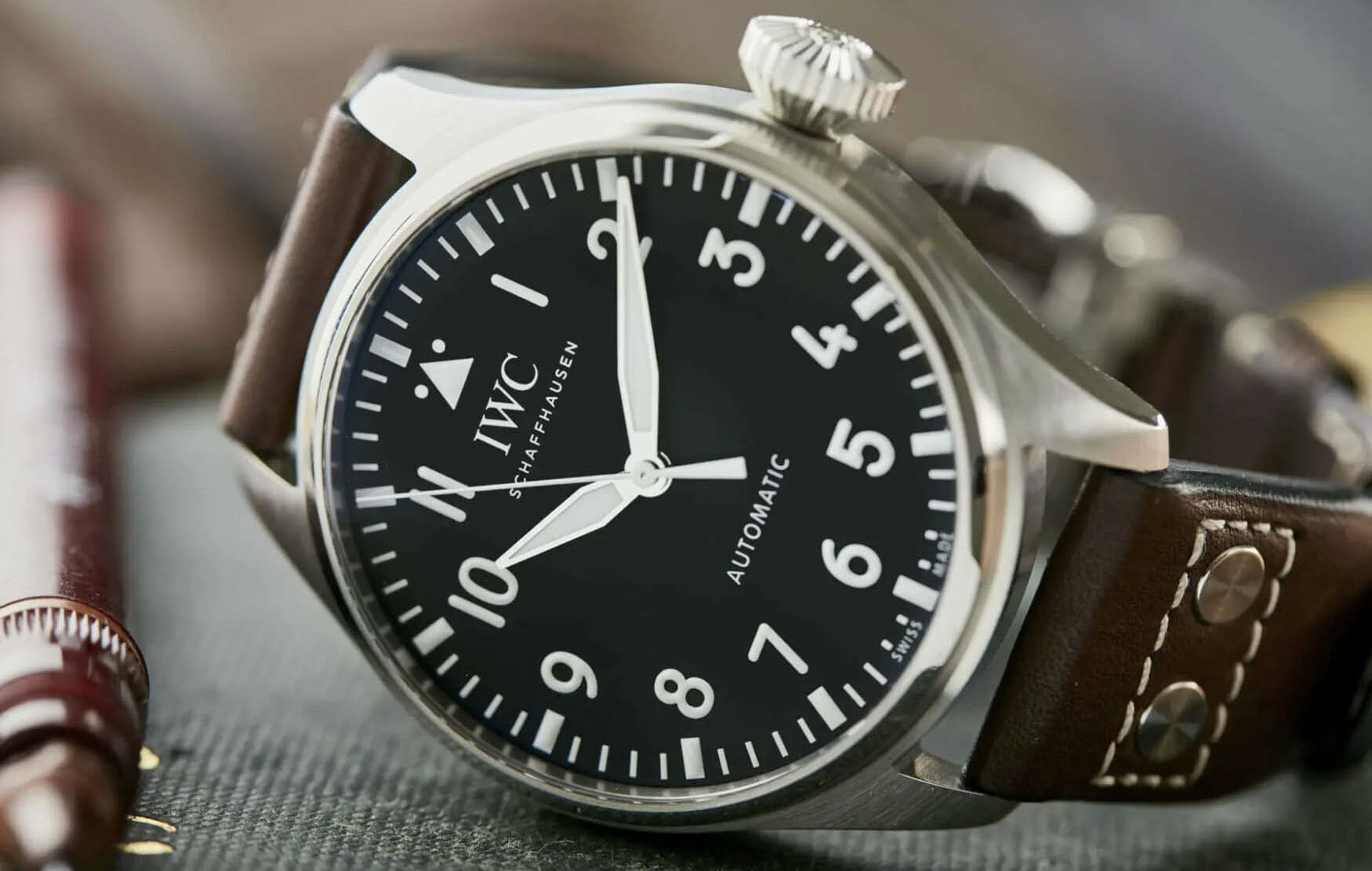
The watches of the Luftwaffe were perhaps the biggest contributors to what we now consider pilot’s watches, which might come as a bit of a shock to the uninitiated. The first batches of B-Uhren watches were manufactured in 1940 and 1941, in two distinct styles. The first, known as Type A, had bold Arabic numerals and a triangle with two dots in place of the 12 o’clock marker. This aided fast legibility and orientation, generally in a large case that could even be worn over a flight jacket. Type B varieties moved the hour markers to an inner ring, while the outer markers displayed the minutes. The original five companies who made German pilot’s watches, now commonly known as fliegers, were A. Lange & Söhne, Laco, Stowa, Wempe, and IWC. Many of these companies still make modern variations on those iconic designs to varying degrees of luxury.
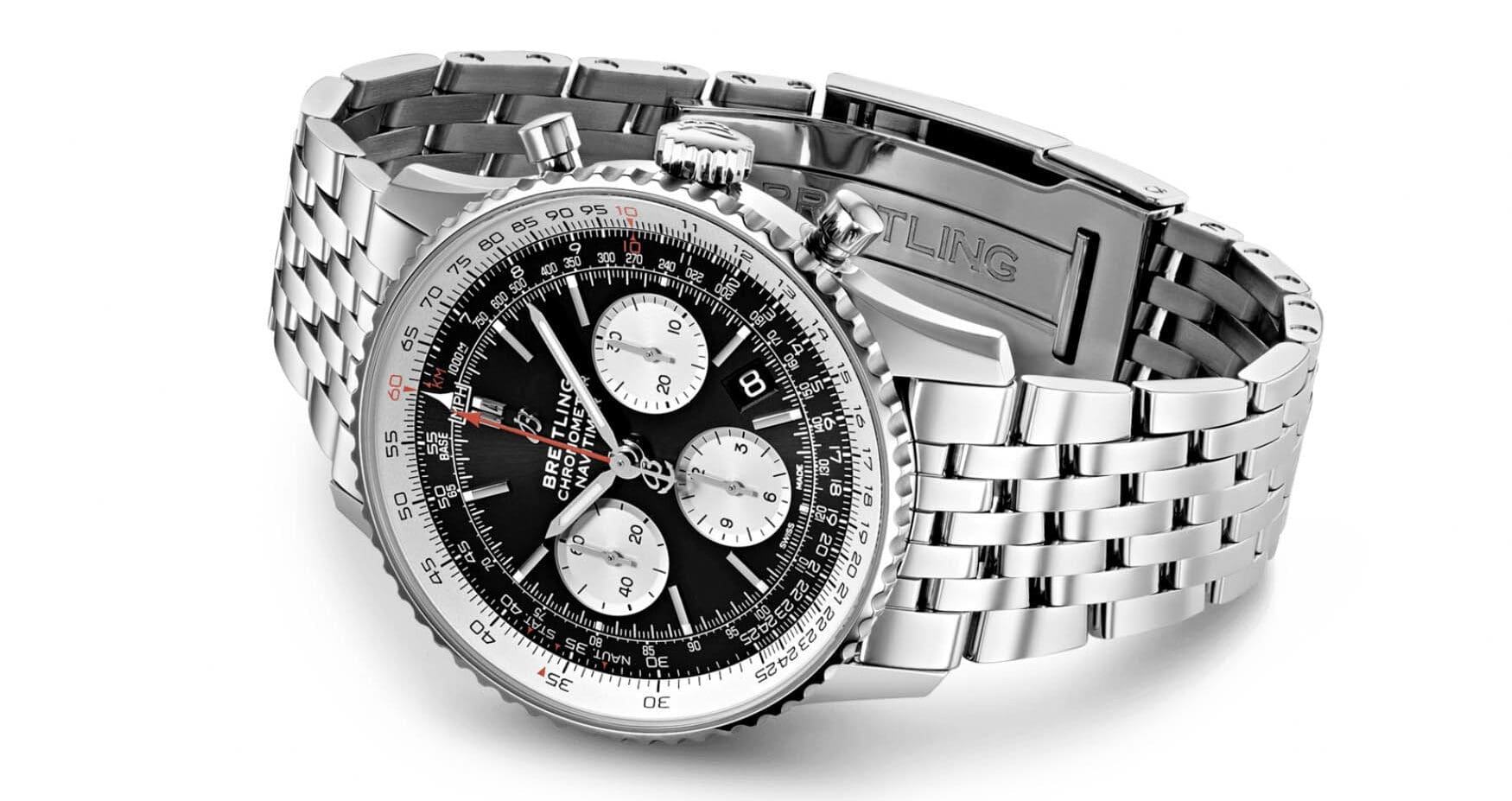
After WWII, the focus for pilot’s watches shifted away from military use and into commercial planes. As technology developed, aircraft became more complex, and pilots needed more tools to aid them for longer journeys. Breitling, who were famed for their chronographs, were asked by the US Aircraft Owners and Pilots Association in 1952 to create something special for their members. The result was the Breitling Navitimer, including a logarithmic slide-rule bezel which was popularised in 1940 to calculate average speed, distance travelled, fuel consumption, rate of ascent/descent, and conversion between miles, nautical miles, and kilometres. It’s debatable whether or not all that functionality was really necessary in aircraft which already had an instrument cluster, but the high-complexity look undoubtedly became synonymous with pilot’s watches.
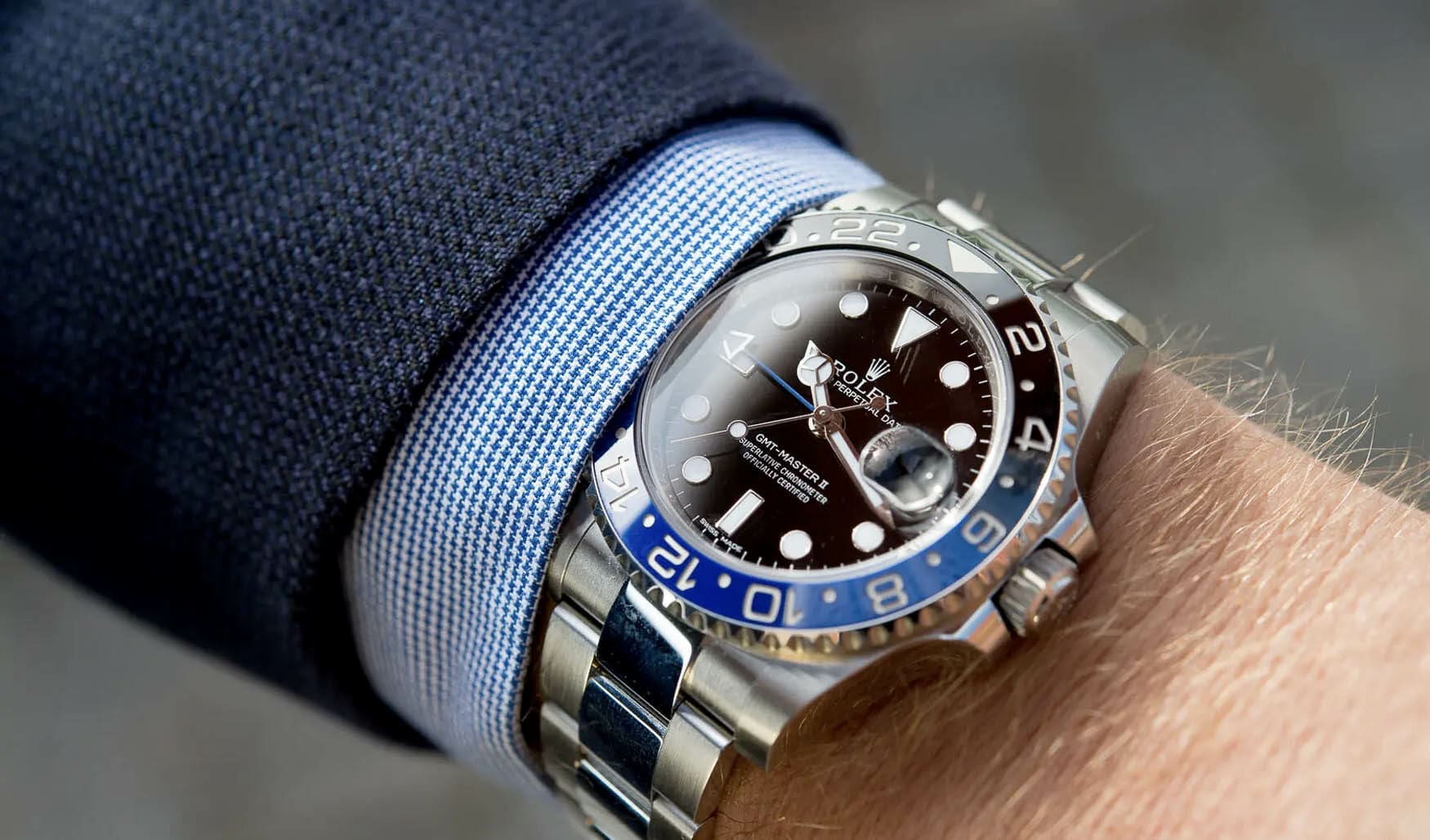
Of course, when flying between countries you can’t ignore the fluctuating time zones. Aside from a Longines-branded oddity from 1925, the Glycine Airman of 1953 was the first production watch to be capable of tracking two time zones simultaneously. It had a 24-hour dial, and a rotating bezel to track the second time zone. Rolex quickly joined in with their GMT-Master of 1954, utilising an additional hand to track a total of three time zones. Initially supplied to Pan-Am pilots, the GMT-Master quickly became one of Rolex’s more popular models thanks to their marketing prowess. The GMT-Master II was introduced in 1981, and remains by far the most popular archetype for a GMT-capable pilot’s watch.
If you’ve been motivated to buy a pilot’s watch from this education, you’ll be glad to know that you have a lot of options. Whether it’s one of IWC’s super-luxury fliegers they make for Lewis Hamilton or a budget-conscious Seiko 5 Sports Style GMT, you can make your decision with the knowledge of how each feature came to be.




